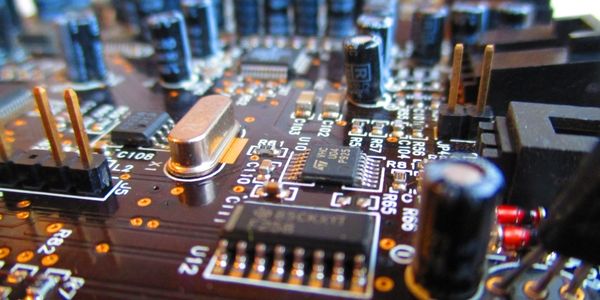Technology Category
- Analytics & Modeling - Digital Twin / Simulation
- Platform as a Service (PaaS) - Application Development Platforms
Applicable Industries
- Aerospace
- Electronics
Applicable Functions
- Product Research & Development
Use Cases
- Digital Twin
- Virtual Reality
Services
- System Integration
About The Customer
The Institute of High Performance Computing (IHPC) is a Research Institute under the Agency for Science, Technology and Research (A*STAR). Established in 1998, IHPC seeks to power discoveries through advanced methodologies, techniques and new tools in modelling, simulation and visualization. The RF engineering group develops advanced computational electromagnetics and multiphysics algorithms and tools, leveraging vast knowhow in electromagnetic compatibility (EMC) for a wide range of applications covering both small-scale and large scale problems, such as high-speed electronics, urban and space EMC. IHPC has delivered numerous impactful projects in collaboration with companies and government agencies both local and overseas.
The Challenge
The Institute of High Performance Computing (IHPC) was faced with the challenge of developing cost-effective and innovative approaches for modelling, diagnosing and solving electromagnetic compatibility (EMC) problems. The complexity of the electromagnetic (EM) system and environment was ever-increasing, and the institute was tasked with handling electrically-large and multi-scale EM problems such as the antenna placement on large platforms. Additionally, they had to deal with multiphysics problems such as the electrical-thermal-mechanical analysis of composite materials. In a specific project, the institute needed an efficient modelling tool to identify optimum antenna positions and minimize interference between various antennas on electrically large platforms. The geometric model of a proprietary antenna was difficult to obtain from the vendor, necessitating the development of a surrogate model to represent it in the antenna placement simulations on the platform. The antenna-on-platform problem was both electrically-large and multi-scale, and could no longer be practically solved with a fullwave only method.
The Solution
The team at IHPC successfully developed surrogate models to represent a patch array and slotted waveguide antenna based on the phaseless radiation pattern information, usually available in the antenna data sheet. The surrogate models represented the radiation and scattering performance of the original antennas. The accurate full-wave simulation of FEKO was used during the development to reveal the current distribution on the antenna, which was crucial to identifying the currents that contributed to the radiation. The design parameters of the surrogate models were determined by exploiting FEKO’s powerful optimization function. Once an accurate surrogate model was available, it was mounted on platforms at various locations to compute and compare the installed radiation pattern. For electrically large platforms, FEKO’s hybridized solvers were essential. An area around (and including) the antenna could be solved with MoM/MLFMM, while the remaining platform geometry was solved simultaneously with PO, LE-PO or RL-GO. This true hybridization approach ensured both an accurate and an efficient solution.
Operational Impact

Case Study missing?
Start adding your own!
Register with your work email and create a new case study profile for your business.
Related Case Studies.

Case Study
Remote Temperature Monitoring of Perishable Goods Saves Money
RMONI was facing temperature monitoring challenges in a cold chain business. A cold chain must be established and maintained to ensure goods have been properly refrigerated during every step of the process, making temperature monitoring a critical business function. Manual registration practice can be very costly, labor intensive and prone to mistakes.

Case Study
Airbus Soars with Wearable Technology
Building an Airbus aircraft involves complex manufacturing processes consisting of thousands of moving parts. Speed and accuracy are critical to business and competitive advantage. Improvements in both would have high impact on Airbus’ bottom line. Airbus wanted to help operators reduce the complexity of assembling cabin seats and decrease the time required to complete this task.

Case Study
Aircraft Predictive Maintenance and Workflow Optimization
First, aircraft manufacturer have trouble monitoring the health of aircraft systems with health prognostics and deliver predictive maintenance insights. Second, aircraft manufacturer wants a solution that can provide an in-context advisory and align job assignments to match technician experience and expertise.

Case Study
Aerospace & Defense Case Study Airbus
For the development of its new wide-body aircraft, Airbus needed to ensure quality and consistency across all internal and external stakeholders. Airbus had many challenges including a very aggressive development schedule and the need to ramp up production quickly to satisfy their delivery commitments. The lack of communication extended design time and introduced errors that drove up costs.





